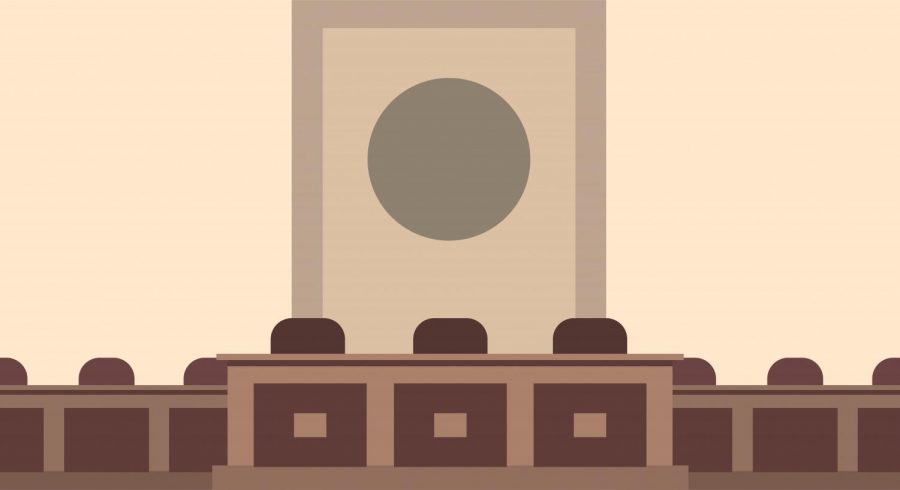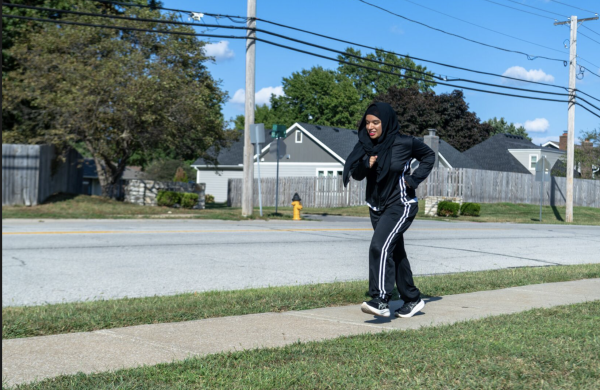Back on the Court
The United States Supreme Court jumps back in session with two Trump administration judges on the bench and many hot topics on the table
October 10, 2019
Thanksgiving weekend, 2009: A woman, Karen Kahler, was found fatally shot alongside her grandmother and her two teenage daughters about 20 miles south of Topeka. Murdered in cold blood —or at least that’s what the jury decided.
The culprit? Kahler’s estranged husband, James Kraig Kahler. James’s defense team claimed he had fallen into a depressive episode so severe that it caused him to kill his wife, her grandmother and two of his three children. This claim, although backed by a forensic psychiatrist, who stated “he couldn’t refrain from doing what he did,” didn’t prevent James from being convicted of capital murder.
The only issue with their claim? Kansas is one of four states to have eliminated the insanity defense.
Flash forward almost a decade later, the United States Supreme Court opened their 2019-20 session this Monday, Oct. 7 with an oral argument over that case, Kahler v. Kansas, and a state’s right to abolish the insanity defense.
On the table this session, the court, with newly appointed justice, Brett M. Kavanaugh, will vote on controversial subjects including gun reform, abortion, LGBTQ rights and the Deferred Action for Childhood Arrivals (DACA).
“Whether it’s negatively or positively, these issues affect students just like you, even if it isn’t blatantly obvious,” Young Democrat president Natalie Hole said.
The retirement of former Justice Anthony Kennedy and arrival of Justice Kavanaugh has caused a spotlight to be turned onto the court’s current session as they welcome a judge who faced highly controversial confirmation hearings.
The addition of Justice Kavanaugh will change the sway of the court to to a 4-5 split, with the majority being conservative.
“We elect the president, and the president chooses who is on the court. It is all based on the opinion of the country,” Republican Lucas Pfeiffer said. “I think that the now-conservative Supreme Court is an accurate reflection of the way people vote.”
President Donald Trump has appointed two justices since taking office. Including Justice Neil Gorsuch and Justice Kavanaugh.
“There are many, many cases coming up this year that will have different verdicts now,” Young Democrats vice president Sophia Fairchild said. “Even within the past year, so many things would have been different if Kavanaugh has been able to vote on them.”
The court’s opening day was left with an even split of conservative and liberal judges due to one of the court’s most conservative judges, Justice Clarence Thomas, 71, falling ill. He was absent from the opening oral arguments, but claimed he would still participate in deciding on the three cases.
“Your interpretation of the new split genuinely depends on how you fall on the basic political spectrum,” Hole said. “Obviously, having five conservative judges is not ideal to a liberal American, but conservative Americans probably enjoy it.”
Other cases discussed that day were Peter v. NantKwest, dealing with patent denial challenges, and Ramos v. Louisiana, focused on a state’s requirement for unanimous jury verdicts.
“So many people think that these decisions don’t really affect them,” Hole said. “But take DACA. There are so many students at Northwest who are actually recipients of it. These are the people you sit next to in class, you see in the hallways, they hold the door open for you. This year’s session will affect every one of us.”
The court will issue rulings in all its current cases by the end of June






